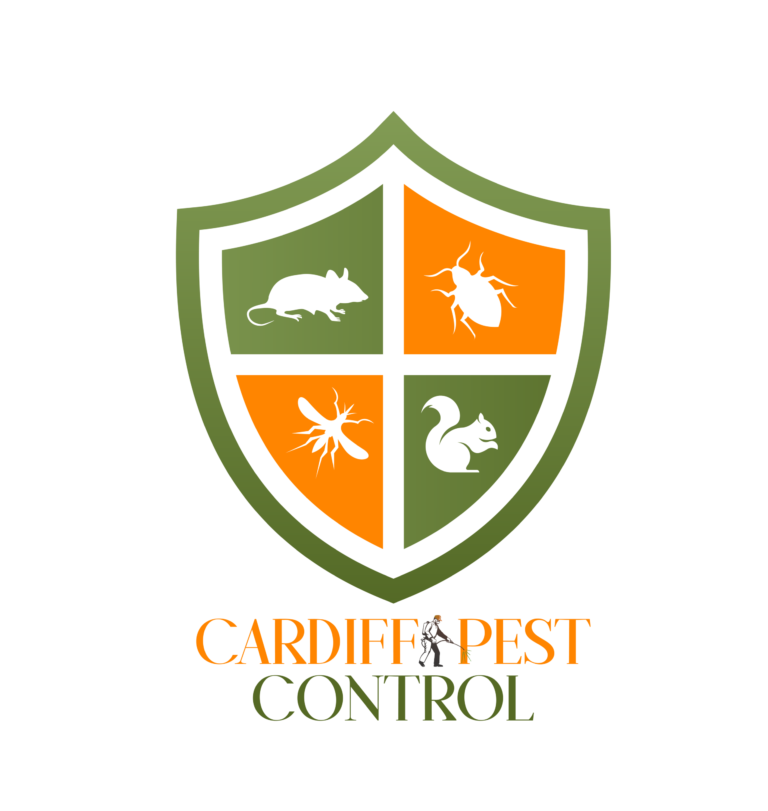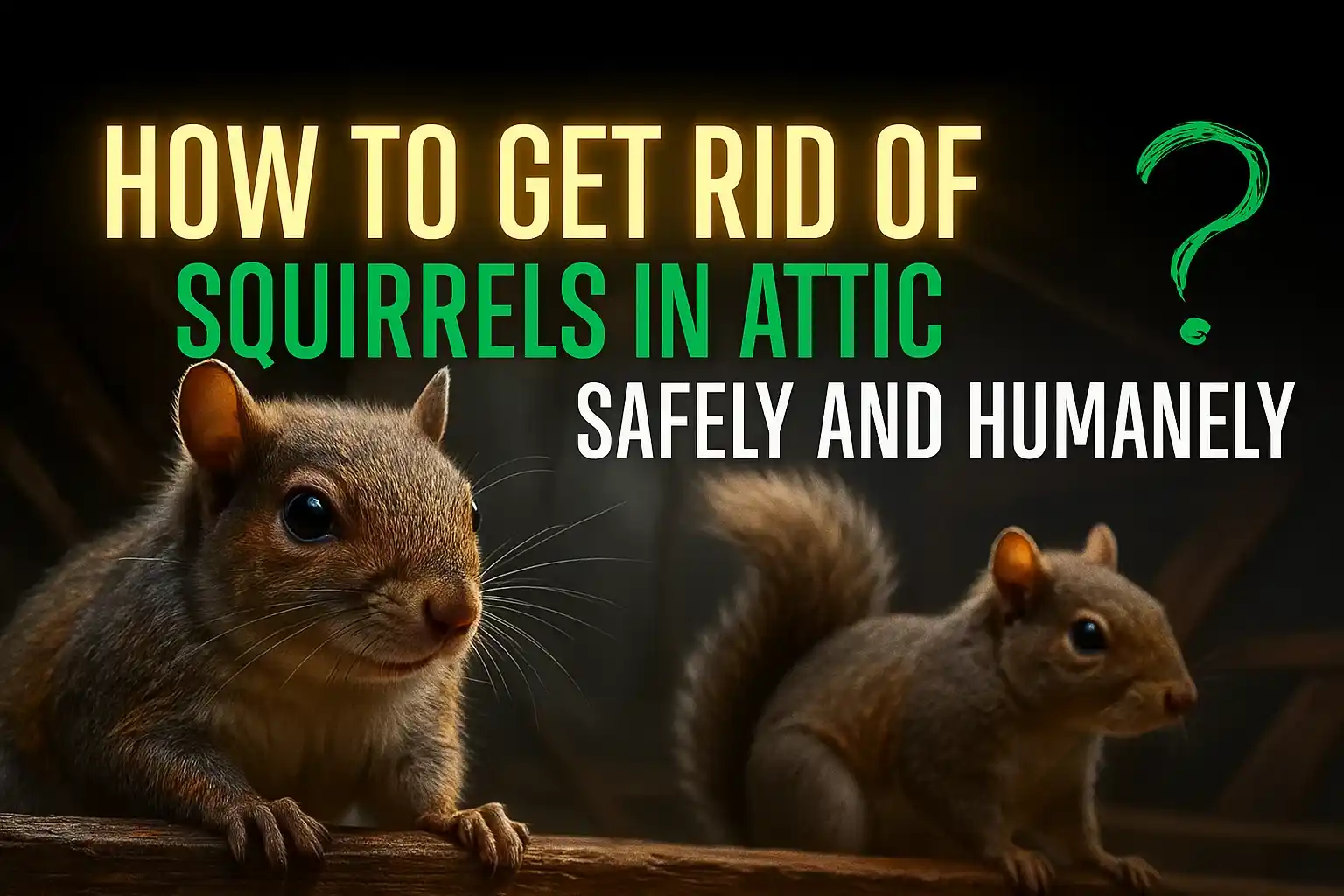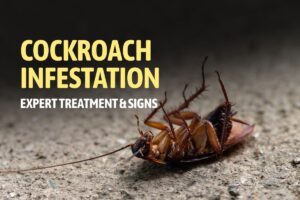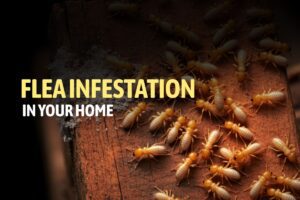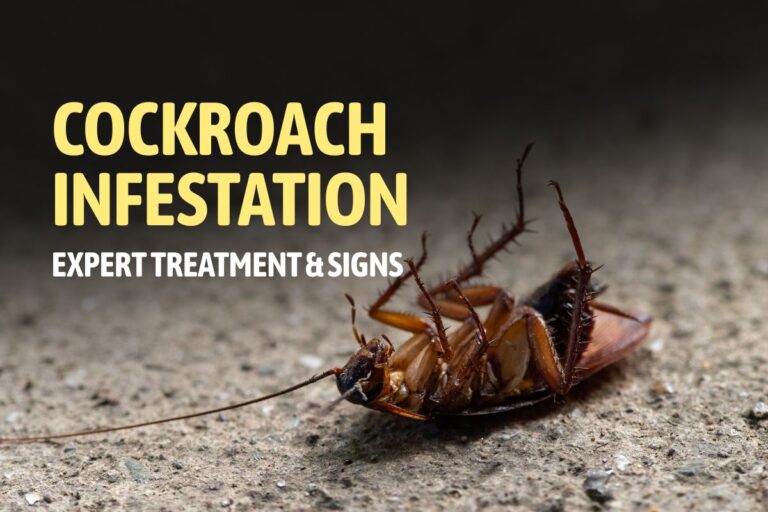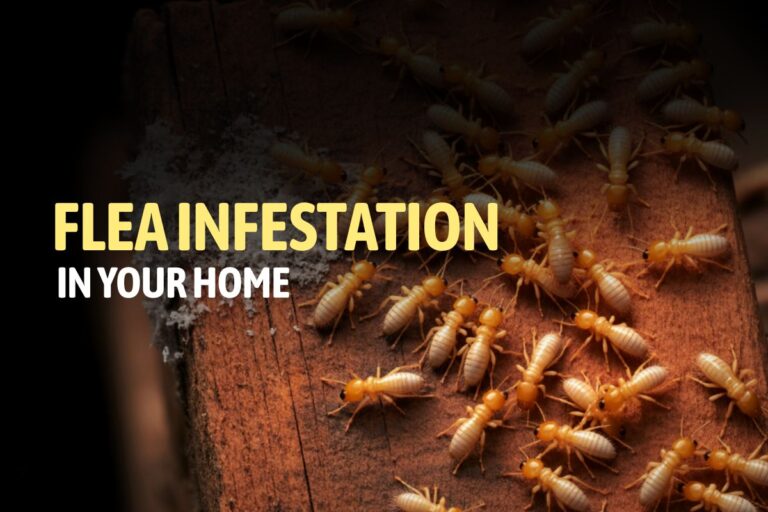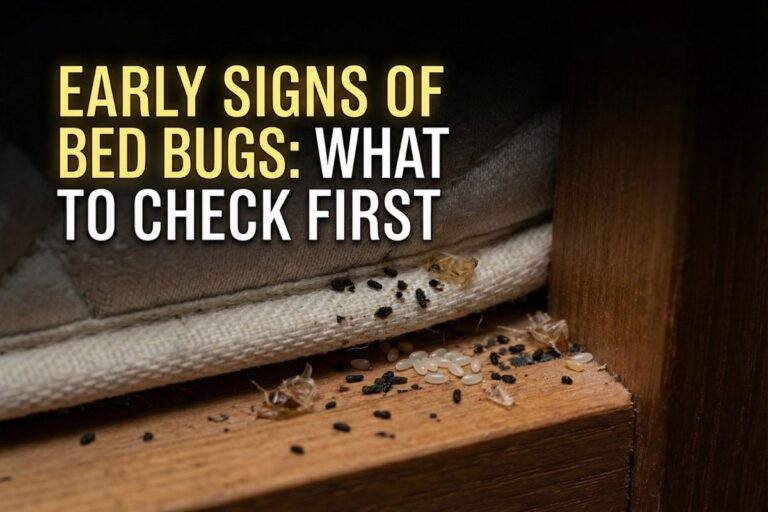Table of Contents
ToggleSquirrels are fun to watch in the park, but when they invade your home, especially the attic, they can cause serious problems. From chewing wires and insulation to leaving droppings that carry disease, squirrels in your attic are more than a nuisance they’re a potential hazard. Recognizing the signs of squirrels in attic early and acting humanely is crucial to protect your home.
In this guide, we’ll explore how to identify squirrel activity, remove them safely, and prevent future infestations.
Signs of Squirrels in Attic
Spotting squirrel activity early can save you from major repairs. Here’s what to watch for:
1. Scratching and Scampering Noises
Squirrels are mostly active during dawn and dusk. Hearing scratching or scampering noises coming from your attic or ceiling is a strong indicator of their presence. Homeowners often confuse these noises with rodents, but squirrels tend to move more loudly and steadily.
2. Droppings and Chewed Materials
Look for small, dark, pellet-shaped droppings and signs of gnawing on wooden beams, wires, or cardboard. Squirrel damage to insulation is common, and ignoring these signs can lead to costly repairs. If you’re unsure about the extent of damage, a professional squirrel removal service can assess your attic safely.
3. Sightings of Squirrels
Seeing squirrels entering vents, chimneys, or eaves, especially in the early morning or evening, is a clear sign they may be nesting nearby.
4. Squirrel Nests in Attic
Squirrels build nests using insulation, shredded paper, or soft fabrics. A squirrel nest in attic confirms that animals have settled in. These nests are usually hidden in corners, rafters, or near chimneys.
5. Unusual Odors
A strong, musty odor often indicates the presence of squirrel urine or droppings. Ignoring this can lead to unsanitary conditions and increased risks of squirrels in attic affecting your family’s health.
Why You Should Act Quickly
Leaving squirrels unchecked can result in:
- Property Damage: Squirrels chew on wiring, insulation, and wooden beams.
- Noise Disturbance: Scratching and scampering noises can disrupt sleep.
- Health Risks: Squirrels carry diseases and parasites.
- Rapid Breeding: Squirrels breed quickly, and seasonal activity in spring and fall can worsen the infestation.
Early detection and humane removal are essential to avoid extensive damage. For insights on dealing with other wildlife, consider checking our Birds Control Services.
Humane Methods to Get Rid of Squirrels in Attic
You don’t have to harm squirrels to remove them. Here are safe, effective strategies:
1. One-Way Exclusion Doors
One-way doors allow squirrels to exit your attic but prevent them from re-entering. This method is effective, humane, and safe for your home.
2. Live Traps
Live traps can be placed near areas of squirrel activity. Once trapped, squirrels are relocated safely in accordance with local wildlife regulations. Using these traps correctly ensures humane removal.
3. Deterrents
Ultrasonic repellents, motion-activated lights, or strong smells like ammonia can discourage squirrels from entering your attic. These methods work best in combination with exclusion techniques.
4. DIY Exclusion
Seal potential entry points with metal flashing or hardware cloth after ensuring squirrels have left. This creates a squirrel-proof attic and prevents re-entry. For help assessing entry points or implementing long-term solutions, a professional rodent or squirrel service can help.
DIY Squirrel Removal Tips
For minor infestations, homeowners can attempt removal with caution:
- Inspect Your Attic Thoroughly
Check all corners, rafters, vents, and hidden areas for droppings, nests, or signs of chewing. - Identify Entry Points
Squirrels can squeeze through small gaps. Examine the roofline, eaves, vents, and chimneys carefully. - Set Up Live Traps
Use baited traps with peanut butter, seeds, or nuts. Check traps frequently to ensure humane relocation. - Seal Entry Points
Once squirrels are gone, seal all potential entryways using hardware cloth or metal flashing. Never seal gaps while squirrels are still inside. - Remove Nests and Droppings Safely
Wear gloves and masks when handling nests or droppings to avoid exposure to bacteria or mites. Dispose of materials securely.
If you prefer professional help, our Squirrel Removal Services ensure safe, effective, and humane removal.
When to Call Professional Squirrel Removal Services
Professional intervention is recommended when:
- Multiple squirrels are in the attic.
- Chewed wiring creates fire hazards.
- Squirrels are nesting in difficult-to-reach areas.
- You want a permanent solution with a squirrel-proof attic.
Professionals also inspect for hidden damage, relocate squirrels humanely, and provide prevention strategies to stop re-infestation.
Prevention Tips for the Future
Preventing squirrels from returning is easier than repeated removals:
- Install chimney caps and vent covers.
- Trim tree branches near the roof.
- Seal all gaps, cracks, and eaves with metal flashing or caulking.
- Regularly inspect your attic for seasonal squirrel activity.
- Keep attics clean and remove potential nesting materials.
For guidance on managing other household pests, you can also explore our Other Insect Control Services.
Safety Precautions
- Always wear gloves and a mask when handling nests or droppings.
- Keep pets away from the attic until cleaning is complete.
- Avoid direct contact with squirrels they may bite or scratch.
- Do not use poisons; they are dangerous, inhumane, and may affect other wildlife.
Conclusion
Having squirrels in your attic can be stressful and damaging, but recognizing the signs of squirrels in attic and acting humanely ensures safety for your home and family. Whether you attempt DIY removal or hire professionals, timely action and prevention are key.
Don’t wait until squirrels cause serious damage, contact Cardiff Pest Control today for humane and expert squirrel removal. Ensure your attic stays clean, safe, and squirrel-free.
Frequently Asked Questions
1. How do I know if squirrels are in my attic?
Look for scratching noises, droppings, chewed insulation, or sightings near vents and rooflines.
2. Can I remove squirrels myself safely?
Yes, using live traps, one-way doors, and deterrents works for small infestations. For larger problems, professional services are recommended.
3. What damage can squirrels cause in the attic?
Squirrels chew insulation, wiring, and wooden beams, which can lead to fire hazards and structural damage.
4. Are live traps safe and humane?
Yes. Live traps allow safe relocation of squirrels without harming them. Always follow local regulations.
5. How can I prevent squirrels from returning?
Seal entry points, trim tree branches, maintain attic cleanliness, and monitor for seasonal squirrel activity. A professional service can help create a squirrel-proof attic.
